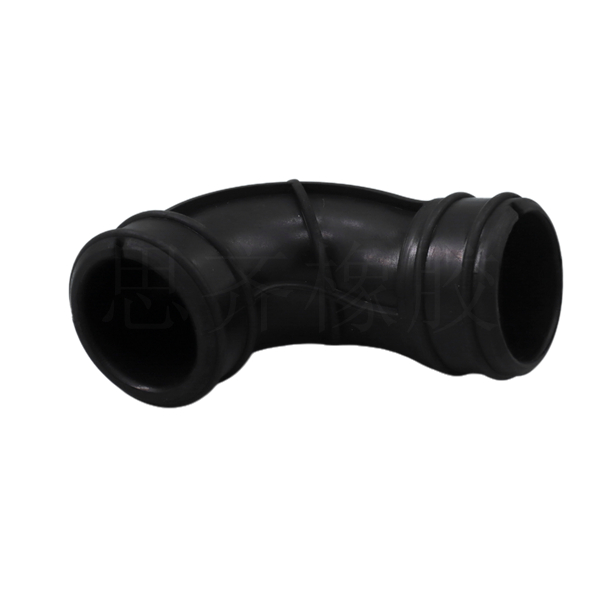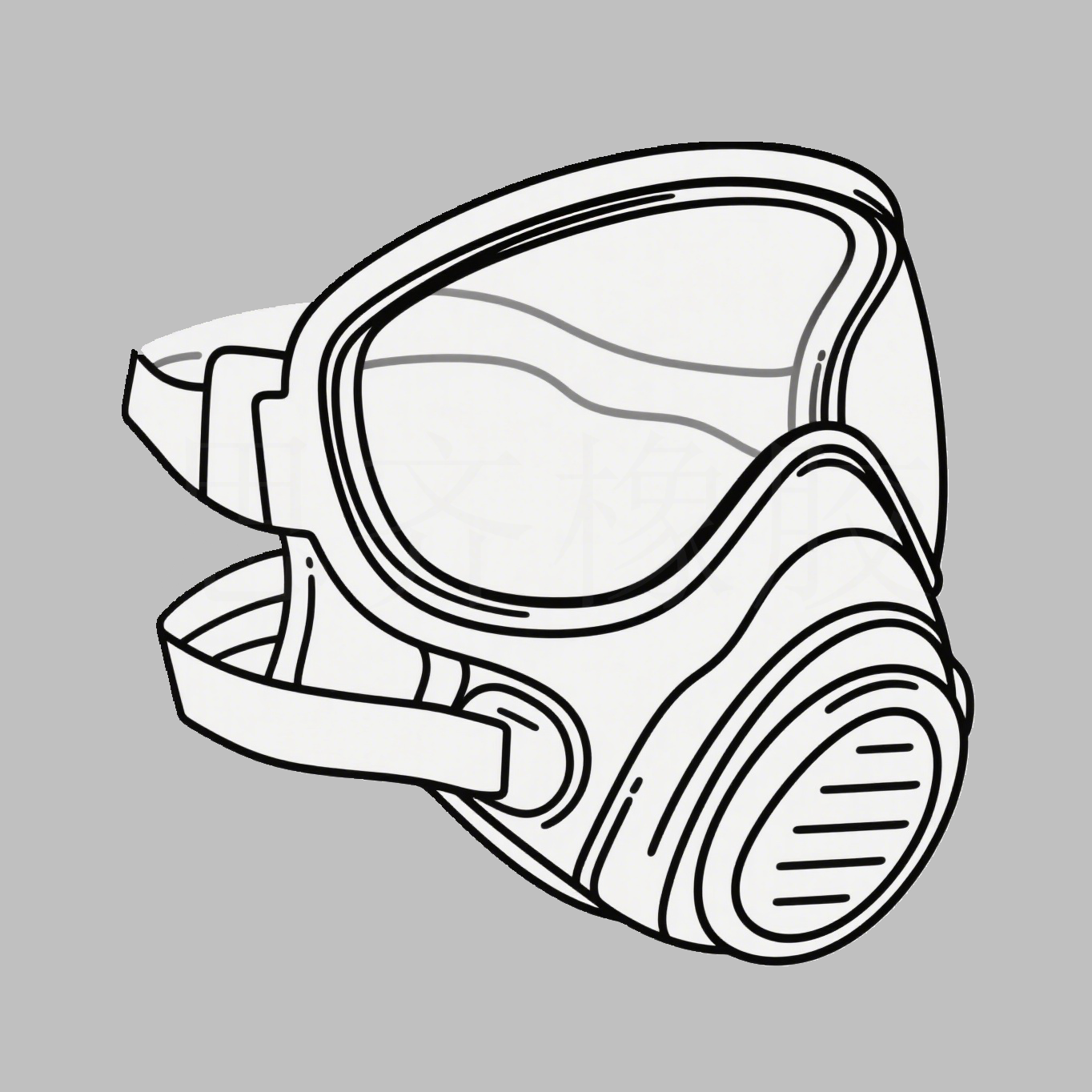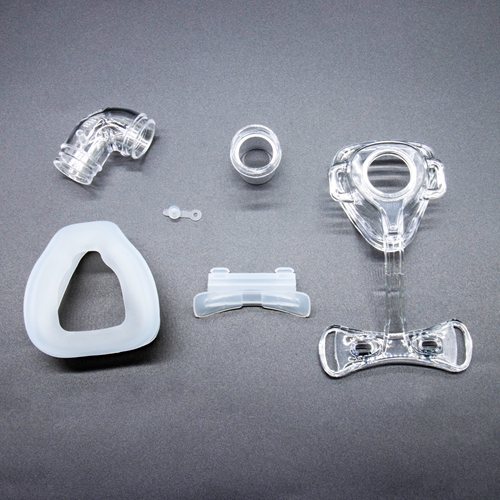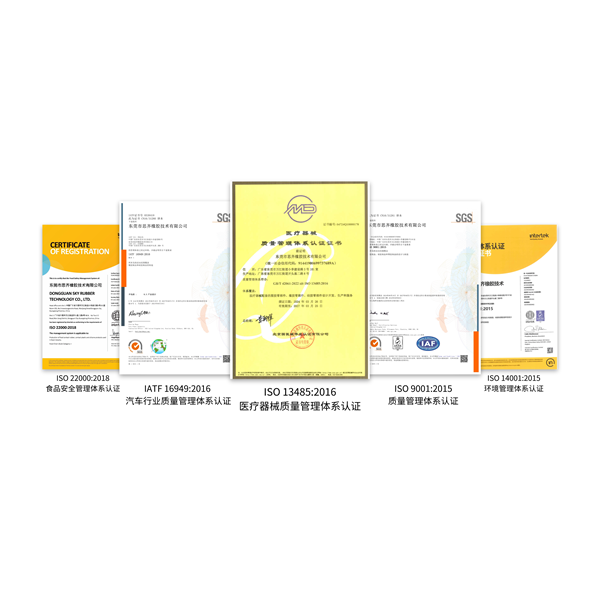0102030405
Global Rubber Parts Market Expected to Grow Significantly by 2025——SKY Rubber
2024-12-27
The global Rubber Parts market is projected to experience substantial growth over the next few years, driven by the increasing demand from various industries such as automotive, aerospace, and consumer goods. According to a recent market research report, the market is expected to reach USD 50 billion by 2025, growing at a CAGR of 5.2% from 2020.
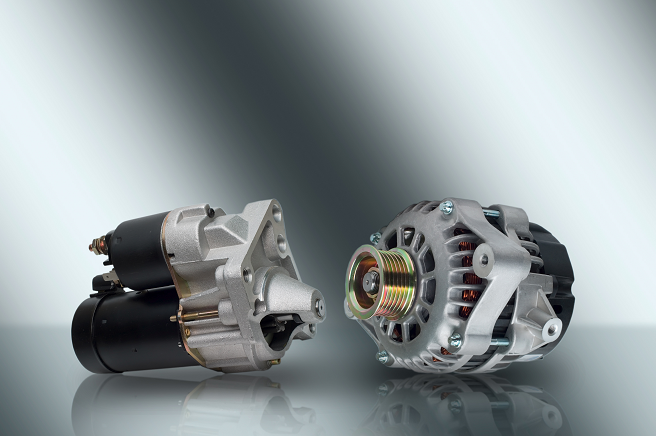
The automotive industry remains the largest consumer of rubber parts, and with the increase in vehicle production and the rise of electric vehicles (EVs), the demand for high-quality rubber components is continuously growing. Rubber parts play a crucial role in automotive manufacturing, including Seals, gaskets, and tires. These components not only affect the performance and safety of vehicles but also directly relate to their durability and comfort.
In recent years, innovations in material science have brought new opportunities to the rubber industry. The development of advanced rubber compounds has significantly improved the durability and performance of rubber parts. For example, the use of new formulations of rubber materials can enhance wear resistance, aging resistance, and chemical corrosion resistance, thereby extending the lifespan of rubber components. These technological advancements not only meet the market's demand for high-performance rubber parts but also promote the sustainable development of the automotive industry.
Moreover, the rapid development of electric vehicles has also created new opportunities for the rubber parts market. Electric vehicles differ in design and functionality from traditional gasoline vehicles, requiring the development of specialized rubber components for battery management, thermal management, and other aspects. As global attention towards electric vehicles continues to rise, the demand for related rubber parts will keep growing.If you would like to learn more about automotive rubber components, you can visit https://www.skyrubberproducts.com/
Consumer goods, another significant sector, is witnessing a rising demand for rubber components in products such as household appliances, electronics, and sporting goods. As manufacturers strive to enhance product quality and durability, the use of advanced rubber materials is becoming more prevalent. Innovations in rubber technology, including the development of high-performance compounds that offer better resistance to wear and environmental factors, are driving this trend.
Sustainability is also emerging as a critical factor influencing the rubber parts market. With growing awareness of environmental issues, both consumers and manufacturers are seeking eco-friendly alternatives. Companies are increasingly investing in sustainable practices, such as using reclaimed rubber and bio-based materials. This shift not only helps reduce the carbon footprint of rubber production but also aligns with the evolving preferences of environmentally conscious consumers.
However, the rubber parts market is not without its challenges. The ongoing global supply chain disruptions, exacerbated by the COVID-19 pandemic, have affected the production and distribution of rubber components. Shipping delays, raw material shortages, and increased costs are forcing manufacturers to reevaluate their supply chain strategies. Many companies are exploring alternative suppliers and diversifying their sourcing to mitigate risks and ensure a steady supply of materials.
To navigate these challenges, industry experts suggest that companies should adopt more resilient supply chain practices. Investing in technology and automation can enhance production efficiency and reduce reliance on external suppliers. By leveraging digital tools and data analytics, manufacturers can gain better visibility into their supply chains and respond more effectively to disruptions.
In conclusion, the global rubber parts market is on a trajectory of significant growth, driven by demand from the automotive, aerospace, and consumer goods sectors. As sustainability becomes increasingly important, the industry is likely to witness a shift towards eco-friendly practices. While challenges remain, particularly in supply chain management, the outlook for the rubber parts market remains positive as it adapts to the evolving landscape of global manufacturing.
Sustainability in Rubber Production: A Growing Trend
As environmental concerns continue to rise, the rubber industry is increasingly focusing on sustainable practices. Companies are investing in eco-friendly materials and production processes to reduce their carbon footprint. The use of reclaimed rubber and bio-based materials is gaining traction, with several manufacturers committing to sustainability goals in their operations.
The shift towards sustainability is not only beneficial for the environment but also aligns with consumer preferences for greener products. Industry leaders are collaborating with research institutions to develop innovative solutions that meet both performance and environmental standards.
Supply Chain Challenges Affecting Rubber Parts Production
The ongoing global supply chain disruptions are impacting the production of rubber components. Factors such as the COVID-19 pandemic, shipping delays, and raw material shortages have created challenges for manufacturers. Many companies are seeking alternative suppliers and diversifying their sourcing strategies to mitigate risks.
Industry experts suggest that companies need to adopt more resilient supply chain practices to navigate these challenges effectively. Investing in technology and automation can also enhance production efficiency and reduce dependency on external suppliers.





